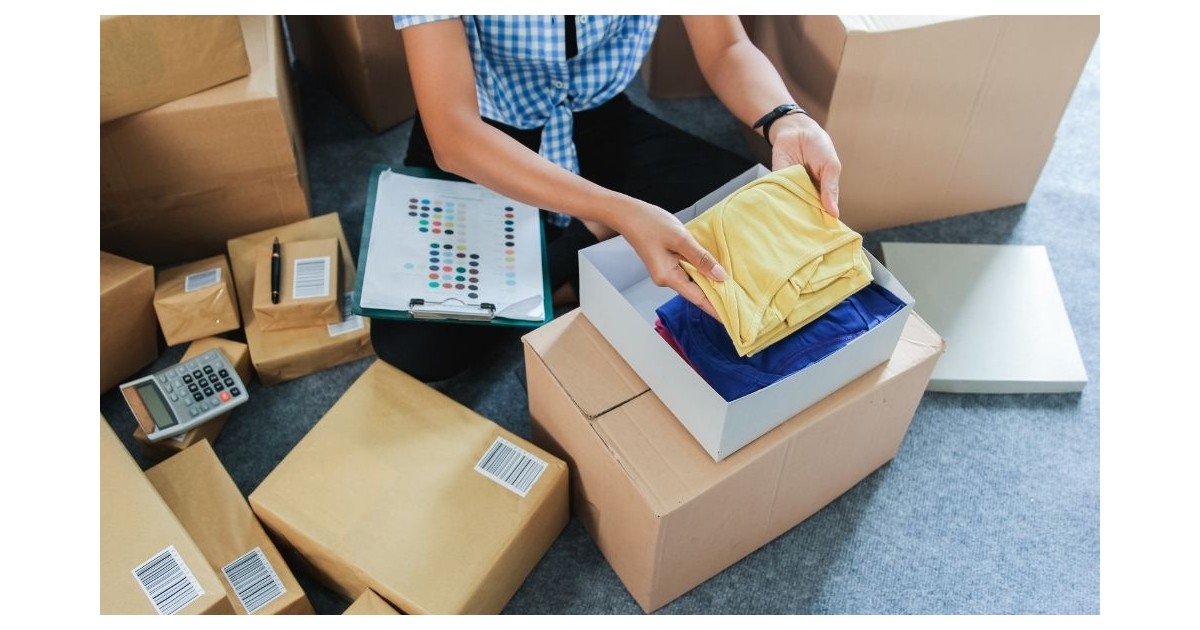When you’re choosing what to sell in any business, think about what people need most. For example, people always require a selection of clothing, an incredibly affordable used option for everyone on a budget. What to consider when starting an online used clothing store includes pairing down your niche, managing inventory, and only sending out the best images of your products.
Define Your Niche Clearly
Deciding to sell used clothes unto itself is not necessarily a clear niche. However, without pairing it down further, your business will quickly become overloaded with a miscellaneous inventory. In addition, it be may difficult to understand customer needs and keep the right items stocked up without a better-defined niche.
Additionally, to properly understand how your new clothes stores fit into the competing landscape for e-commerce brands, it’s essential to identify where improvement is possible. Determine the most available types of clothing and cross-reference your resources with what competition offers to determine a superior edge that will win over new customers.
Manage Inventory With Care
Sorting through too much clothing gets tiring for both you and your customers. Whether that means you’re digging through boxes of stock to fill an order or your customer is scrolling through options for hours that feel like days, it’s never a good thing. Since everyone needs a diverse selection of colors and sizes, a plan for an organization is essential, even among similar styles.
While you’re purchasing used T-shirts in bulk, imagine how you plan to arrange the clothing, so it’s easy to find again. Organization is at the heart of an efficient selling and shipping process. Besides this, what to consider when starting an online used clothing store must also include a well-thought-out digital storefront system that’s intuitive and easy to search. Plan well ahead on how to break down the categories and build in plenty of filter options. The easier it is for customers to explore your collection, the more likely they’ll find something they like and wish to buy.
Take Better Photos
We’ve all seen listings for clothing that we might have purchased if only the thumbnail were a little more impressive. Poorly lit phone snapshots of items laid over a piece of furniture are not high-quality images that sell. While you don’t necessarily need to lay out a large sum of money to get the best camera, it’s a good idea to look realistically at the equipment you do have. Investing in a simple mannikin or dress form is the best way to display items without requiring a model.
An inconspicuous, plain corner or a white backdrop is far better than someone’s living quarters (which is identifiable, not to mention unprofessional.) Consider getting a few inexpensive ring lights to ensure the correct details and colors of each piece gets captured. Finally, photographing during daylight hours and using high-resolution settings will provide a crisp image with minimal grain.

